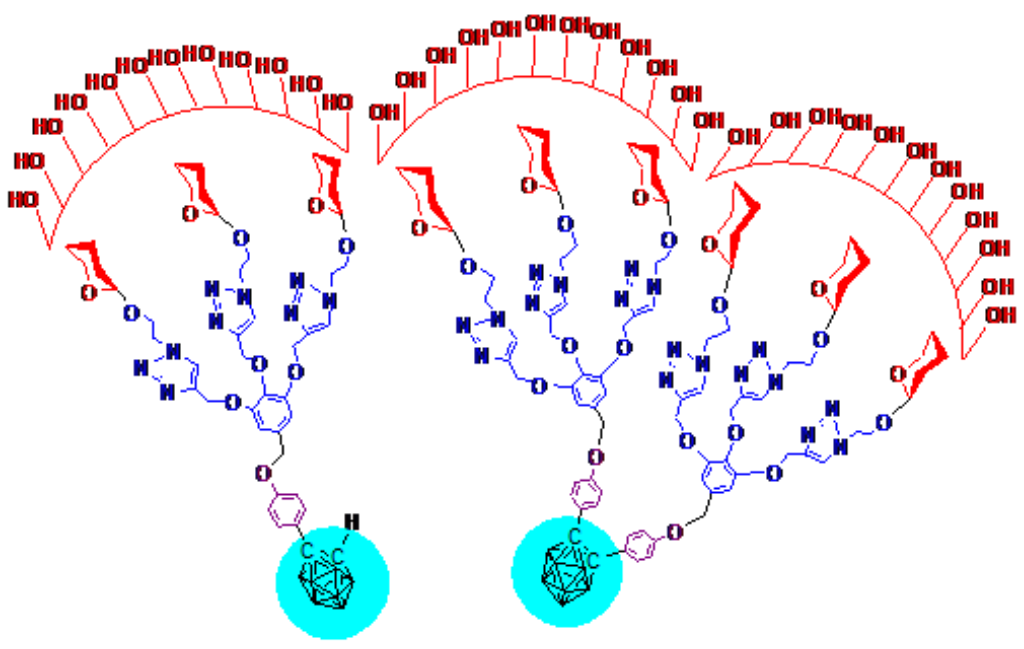Rashmi Rekha Satapathy

She holds the position of Assistant Professor (Stage-III) at Department of Chemistry, Ravenshaw University. She has more than 10 years of teaching and research experiences in the extended field of organic chemistry. She has 24 publications in peer review journals to her credit. She completed her Ph.D in 2008 in organic synthesis. Her postdoctoral work at Northern Illinois University, USA was synthesis of carborane based organic and organometallic compounds.
Her current research interest is focused on designing and synthesis of various organic small molecules, study of photophysical properties of fluorescent molecules and development of fluorescent materials for sensing applications. Synthesis of carborane based biomolecules and dendritic macromolecules and study their anticancer activity in various cancer cell lines.
Selected Publications
- B. R. Swain, C. S. Mahanta, B. B. Jena, S. K. Beriha, B. Nayak, R. Satapathy, B. P. Dash, Preparation of dendritic carboranyl glycoconjugates as potential anticancer therapeutics, RSC Advances 2020, 10, 34764-34774.
- B. B. Jena, S.R.Jena, C. S. Mahanta, B. R. Swain, L. Samanta, B. P. Dash, R. Satapathy, Triazine-Cored Dendritic Molecules Containing Multiple Carborane Clusters, Appl. Organomet. Chem. 2020, 34, e5754.
- C. S. Mahanta, S. Aparna, S.K. Das, B. B. Jena, B. R. Swain, M. Patri, B. P. Dash, R. Satapathy, Star-Shaped Phenylene BODIPY: Synthesis, Properties and Biocompatibility Assessment using Zebrafish, Chemistry Select 2020, 5, 8429-8434.
- B. B. Jena, L. Satish, C. S. Mahanta, B. R. Swain, H. Sahoo, B. P. Dash, R. Satapathy, Interaction of carborane-appended trimer with bovine serum albumin: a spectroscopic investigation, Inorganica Chim. Acta, 2019, 491, 52-58.
- C. S. Mahanta, B. P. Dash, R. Satapathy, Cobaltabisdicarbollide Based Metallodendrimers with Cyclotriphosphazene Core, Journal of Organometallic Chemistry. 2018, 865, 183-188.

A transformative learning community to realise the dreams, spread the knowledge and create global leaders.








